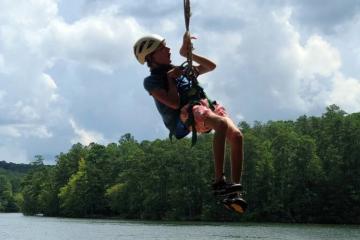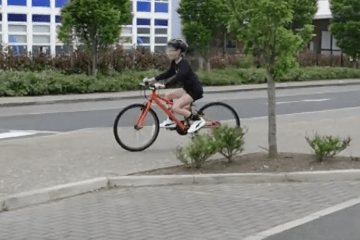What is Constraint Induced Movement Therapy?
Upper limb therapies and interventions have been well studied in cerebral palsy. Different interventions that have good evidence are Constraint Induced Movement Therapy (CIMT) and Bimanual Therapy. CIMT has been shown to be successful in children with hemiplegic cerebral palsy (CP). CIMT uses a splint to physically constrain the uninvolved arm and encourage them to use the more involved or affected arm.
Back in the 1990s, researchers were studying hand function in children with cerebral palsy. They would bring children with cerebral palsy into the laboratory and give them activities to play with, and what they noticed, was that just by playing with objects with their affected hand over a short period, the hand got better, it improved. This clued the research world in to the great plasticity or the abilities of the brain to recover, to improve movement.
Kids with cerebral palsy, especially if one side only is affected, they're great at figuring out ways to not use that hand. Basically, by putting a restraint on and making it fun so that they don't feel it's difficult, they start to use their affected hand intensively. After just a couple of weeks of this approach, you get a large expansion in the brain of what controls the hand.
Constraint induced movement therapy isn't a miracle. It's an incremental approach to inducing practice by simply having your child use their affected hand. There's different levels of severity and everyone’s brain is affected in different ways. The good news is most children seem to benefit from this type of therapy so it is worth discussing with your therapist to see if this is the right approach for you.
"Upper limb therapies and interventions have been well studied in cerebral palsy"






